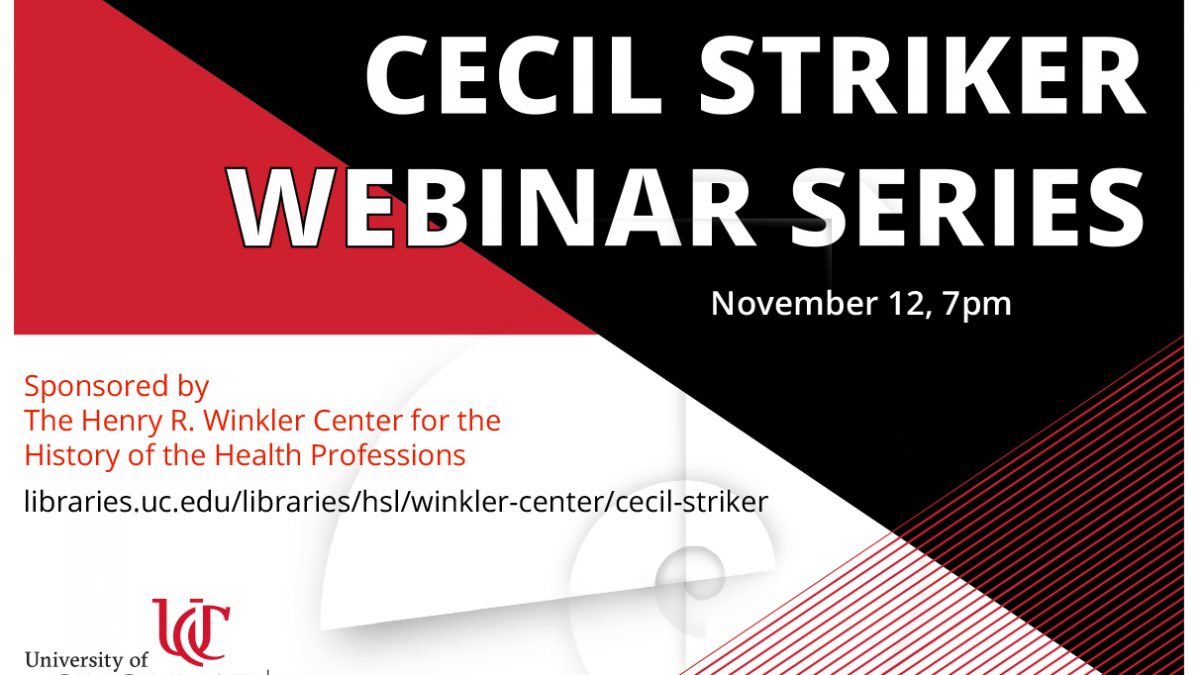If there is one thing that is for certain, it is that there was never quite a Fall semester like this one. Despite the upheaval, Clermont College Library persevered and provided a successful semester for its community.
New Books in the Science Libraries
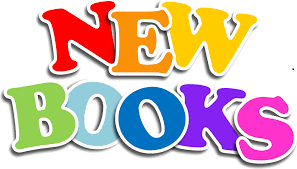 We are back! Check out the new science books (mostly ebooks) that have been added to the Geology-Math-Physics and Langsam Libraries. GMP has added 24 ebooks from the American Mathematical Society (AMS). The print books in the list are available through the Click & Collect service.
We are back! Check out the new science books (mostly ebooks) that have been added to the Geology-Math-Physics and Langsam Libraries. GMP has added 24 ebooks from the American Mathematical Society (AMS). The print books in the list are available through the Click & Collect service.
Click here to access the September-October 2020 list.
If you have any questions about these books, contact Ted Baldwin, Director of Science and Engineering Libraries, at Ted.Baldwin@uc.edu.
UC Data Day Wrap-up
On Oct 23rd UC Libraries and IT@UC partnered for the 5th UC Data Day. This year’s all virtual event featured, two power sessions, a Keynote by Glenn Ricart of US Ignite, and an interactive panel session of multidisciplinary faculty.
The event started with the first power session by George Turner, Indiana University’s (IU) Chief Systems Architect with IU’s Pervasive Technologies Institute (PTI). Mr. Turner led participants through an introduction to high performance computing and demonstrated how to access the UC Advanced Research Computing (ARC) system.
Erin McCabe, Digital Scholarship Fellow with UC Libraries Digital Scholarship Center (DSC) led the second session on text mining and natural language processing. Both sessions had a hands-on component with participants accessing the ARC system as well as engaging with the DSC platform for text mining.
Glenn Ricart of US Ignite gave a keynote address steeped in his own personal data that highlighted how much data one individual creates and how this data is being used to make policy decisions, drive business and help us image the future. He also discussed the problems of our dependence on data and possible pitfalls and wrongdoings.
The closing session of the day was the interactive panel moderated by Michael Dunaway, PhD (UC Executive Director of the Digital Futures Resilience Program). Dr. Dunaway started us off by asking two questions:
- How is ubiquitous data changing your work as a Researcher, Educator, and/or Clinician, and its contribution to society?
- How is ubiquitous data changing society and shaping our sense of community?
Six faculty from very different disciplines who use data in very different ways shared their perspectives on the keynote and the state of data literacy education at UC. Glenn Ricart also participated in the discussion and affirmed the conclusions that was best stated by Whitney Gaskins (CEAS Assistant Dean and Assistant Professor- Office of Inclusive Excellence & Community Engagement) when she said “We need to educate students to be more numbers literate.” Dr. Achala Vagal (MD, Radiology) expressed that the amount of data will only continue to grow per the example of medical imaging data and its storage needs. Zvi Biener, PhD (Associate Professor Philosophy| History | Judaic Studies department, and the Center for Public Engagement with Science) highlighted how the approach to evaluating data changed with Newton, and we have to continue to question if we are truly gaining knowledge from all the data generated. Both Prashant Khare (Asst. Professor, CEAS Aerospace Eng & Eng Mechanics, Chair, Advanced Research Computing (ARC) center) and Sam Anand (Professor, CEAS ME, Director – Siemens PLM Simulation Technology Center) discussed the need for jobs to adapt to the data rich environment and that if we are educating our students to be more numbers literate, they will cope better in the future work environment. The panelists, Glenn Ricart and Michael Dunaway guided us through the changing and complex data rich world we now find ourselves and left us much to think about as to how our institute and community can face the challenges and ultimately benefit from this new environment.
Videos from the day are available on the STRC youtube page, as well as archived in a Data Day collection 2020 in UC’s institutional repository Scholar@UC. We invite you to review the sessions and continue the dialogue at AskData@uc.edu or attend an upcoming Data and Computational Science series event.
Sidney Gao takes on new role as digital collections manager
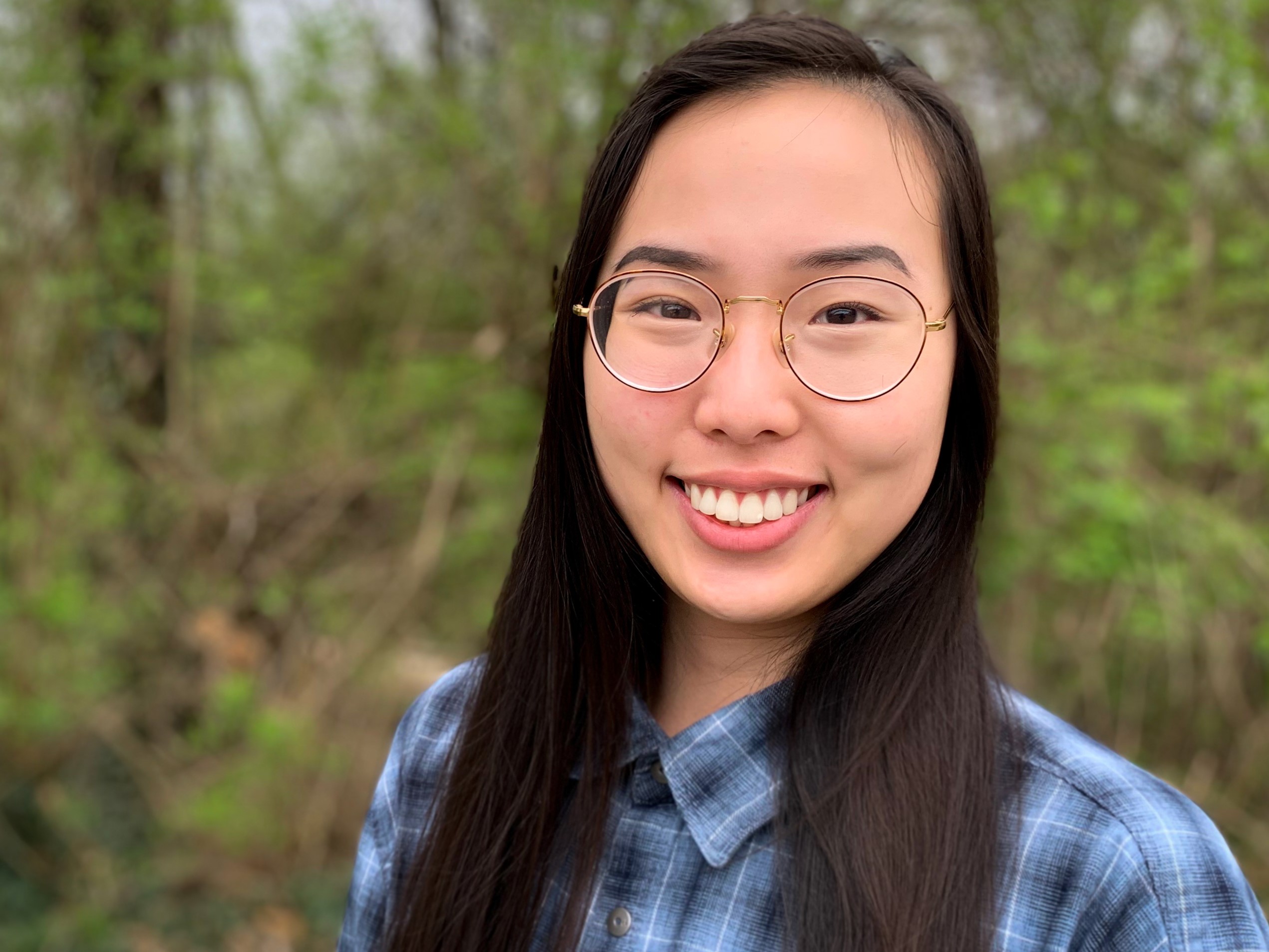 Sidney Gao, formerly the digital imaging coordinator in Preservation Services, has transitioned to a new role of digital collections manager in the Digital Collections unit of UC Libraries’ Content Services Team (CST). In her time at UC Libraries, Sidney has been deeply involved in the provision and planning of digital content services, far beyond digitization and production, and has worked extensively as a member of the Digital Collections team, including with James Van Mil, digital projects and preservation librarian. Bringing Sidney officially into the Digital Collections team in CST will provide greater synergy for digital content management and allow her to utilize her knowledge and skill set to its fullest.
Sidney Gao, formerly the digital imaging coordinator in Preservation Services, has transitioned to a new role of digital collections manager in the Digital Collections unit of UC Libraries’ Content Services Team (CST). In her time at UC Libraries, Sidney has been deeply involved in the provision and planning of digital content services, far beyond digitization and production, and has worked extensively as a member of the Digital Collections team, including with James Van Mil, digital projects and preservation librarian. Bringing Sidney officially into the Digital Collections team in CST will provide greater synergy for digital content management and allow her to utilize her knowledge and skill set to its fullest.
In her new role Sidney will: manage digitization projects; oversee quality control workflows for in-house and outsourced digitization; report on digitization growth; assess collections status regarding digital preservation, accessibility and sustainability; analyze best practices for accessibility; assist stakeholders in grant writing; collaborate with digitization vendors; create submission information packages for aggregators; train and supervise student staff in digitization production; coordinate with the Preservation Lab to maintain and improve the digitization lab facility and to preserve and protect special collections materials during the digitization workflow; collaborate with colleagues in UC Libraries and other units on campus on digital projects including digital exhibits and outreach.
Please join us in congratulating Sidney on her new position and responsibilities.
UC Libraries closed for the Thanksgiving Holiday
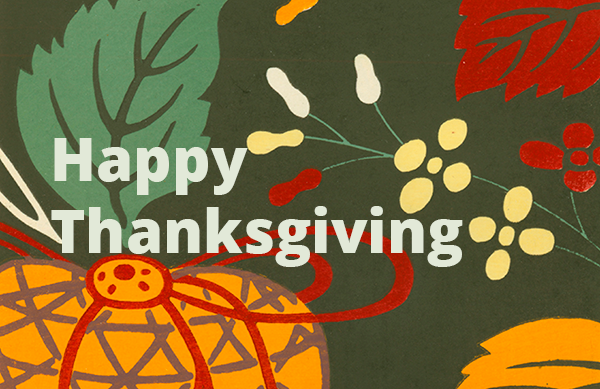 The University of Cincinnati Libraries will be closed Thursday, November 26 and Friday, November 27 for Thanksgiving, with the Walter C. Langsam Library closing early on Wednesday, November 25 at 5pm.
The University of Cincinnati Libraries will be closed Thursday, November 26 and Friday, November 27 for Thanksgiving, with the Walter C. Langsam Library closing early on Wednesday, November 25 at 5pm.
Beginning Monday, November 30 library hours will vary by location with some closing their facilities and offering weekly Click & Collect library material retrieval and pick up service. Library hours and information about the Click & Collect service is available on the Libraries website.
Through the Online Library portal and CHAT reference service, UC Libraries remains open and available online to provide users with access to library resources and services.
Have a safe and happy Thanksgiving!
Library Display: Celebrate Diversity!
By Lauren Wahman
This display showcases a selection of books (print/electronic) and streaming media available through the UC Blue Ash Library and includes a range of topics and authors. The display will be available until January 29, 2021 with physical items available to request via Click and Collect. Be sure to visit the Celebrate Diversity online display.
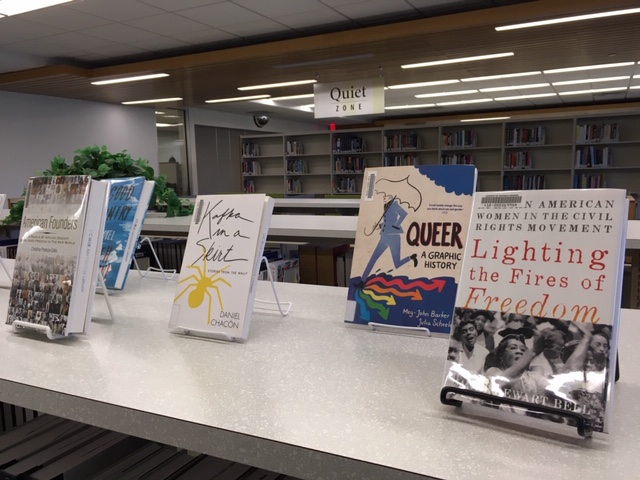
Clermont College Library Online Beginning November 16
Due to a desire to further reduce human density on the Clermont College campus, the Clermont College Library is switching its operations earlier than planned. Beginning now on Monday, November 16, Clermont College Library will be transitioning its support to online and changing its visiting hours to by appointment only.
Lori E. Harris named assistant dean and director of the Health Sciences Library and Winkler Center
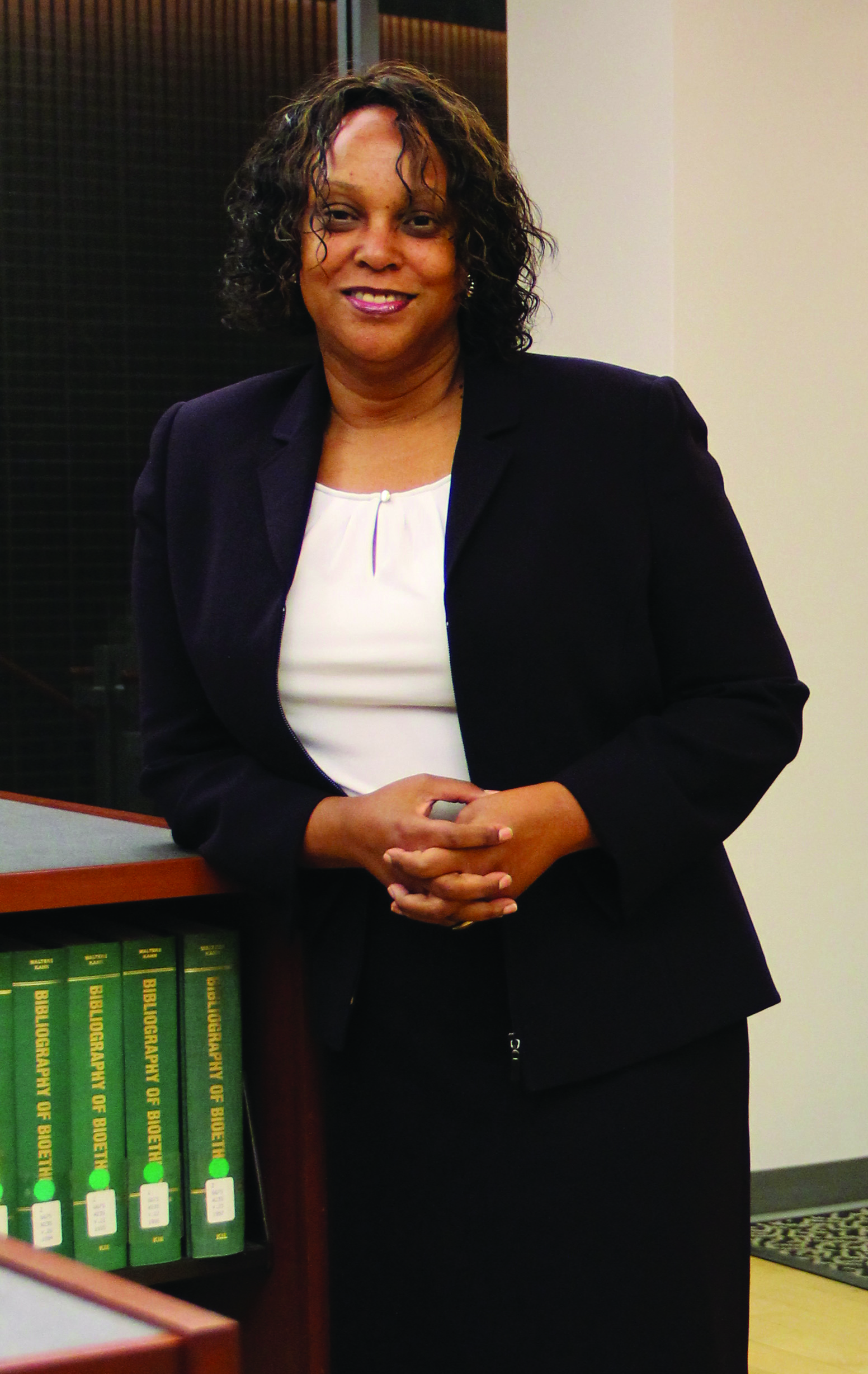 Xuemao Wang, vice provost for digital scholarship and dean and university librarian, is pleased to announce that Lori E. Harris has been appointed UC Libraries assistant dean and director of the Donald C. Harrison Health Sciences Library and the Henry R. Winkler Center for the History of the Health Professions.
Xuemao Wang, vice provost for digital scholarship and dean and university librarian, is pleased to announce that Lori E. Harris has been appointed UC Libraries assistant dean and director of the Donald C. Harrison Health Sciences Library and the Henry R. Winkler Center for the History of the Health Professions.
In her new role, Harris will plan, direct and assess the services and resources of the Health Sciences Library and Winkler Center within the context of UC Libraries’ mission and strategic plan. She will develop and implement library procedures, collect and analyze library data and oversee the implementation of the Health Sciences Library and Winkler Center strategic directions. She will provide leadership and coordination of the daily operations of the Health Sciences Library and Winkler Center.
Harris joined UC in 2016 as the assistant director of the Health Sciences Library after completing the second year of her National Institutes of Health (NIH), National Library of Medicine (NLM) Associate Fellowship Program at UC Libraries. She received her MSLS from the University of North Carolina at Chapel Hill and holds a B.A. in American Studies from Smith College.
During her tenure at UC Libraries, Lori has lead and collaborated in numerous initiatives and projects including acquiring and managing the traveling Native Voices: Native Peoples’ Concepts of Health and Illness exhibition to the Health Sciences Library, serving as interim director of the Health Sciences Library since January 2019 and co-leading the Libraries Return to Campus Task Force, which is managing how the libraries are providing access to research, services and facilities during the pandemic.
“My time at UC Libraries has been a rewarding one, and it’s just beginning,” said Harris. “I look forward to working with my library colleagues in this new capacity to continue to provide access to the Health Sciences Library’s and Winkler Center’s excellent research collections and services that help to advance the university’s research, teaching, learning and clinical practice initiatives.”
To learn more, read an interview with Lori Harris that appeared in Source in September 2015 when she first came to UC Libraries as an NIH/NLM associate fellow. Congratulations, Lori!
Native American Heritage Month Collection Spotlight: We Are Grateful: Otsaliheliga by Traci Sorell
This Collection Spotlight highlights titles in the the CECH Library’s Kretschmer Collection of Native American Children’s Literature. This special collection features children’s books with Native American themes, written and illustrated by Native American authors and artists.
We Are Grateful: Otsaliheliga / written by Traci Sorell ; artwork by Frané Lessac / 2018
We Are Grateful is a stunning picture book with vibrant illustrations that takes the reader through every season in the perspective of the Cherokee people. Focusing on the Cherokee word otsaliheliga which represents gratitude, we see all the ways that one might use it in their culture. Sorell provides the phonetic spelling of each Cherokee word, as well as a list of definitions and a syllabary at the end, providing a great introduction to the traditions and language.
Through the depictions of Cherokee food, games, and holidays, young children may explore gratefulness and what it means to be thankful in other cultures. This is a perfect read for Native American Heritage Month, and a great, modern introduction to the Cherokee culture, providing children a way to connect and learn more about the heritage.
We Are Grateful: Otsaliheliga is available from CECH Library, as well as the OhioLINK and Search Ohio lending networks.
Review by Alyssa Gruich, CECH Library Student Assistant | Political Science, A&S 2022
Inaugural Cecil Striker Webinar Series to discuss the book University of Cincinnati Health Colleges: 200 Years
On Thursday, November 12, 7:00 p.m., the Henry R. Winkler Center for the History of the Health Professions will hold its inaugural Cecil Striker Webinar with a discussion with Stephen Marine, associate dean emeritus of the University of Cincinnati Libraries, and Gino Pasi, archivist and curator of collections at the Winkler Center, regarding their new book University of Cincinnati Health Colleges: 200 Years. The talk will be led and moderated by Philip Diller, MD, PhD, senior associate dean for educational affairs at the College of Medicine and chair of the Winkler Center Board.
The webinar link will be available on the Winkler Center’s website at https://libraries.uc.edu/libraries/hsl/winkler-center/cecil-striker.html.

